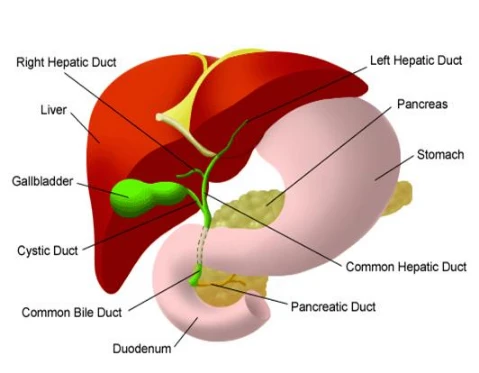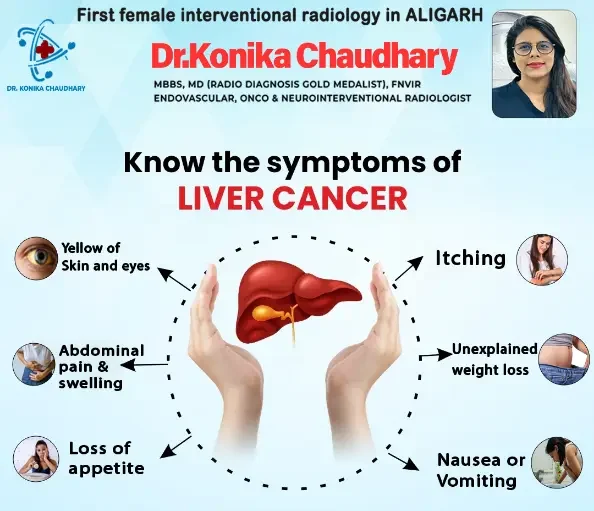PTBD
Percutaneous Transhepatic Biliary Drainage (PTBD) is a procedure used to treat conditions that are causing blockages or obstructions in the biliary tree. It is required as palliation and optimization for surgery or chemotherapy in carcinoma gallbladder (GBC) but may be associated with complications.

Percutaneous Transhepatic Biliary Drainage (PTBD)
Percutaneous Transhepatic Biliary Drainage (PTBD) is an advanced medical procedure aimed at addressing various biliary system-related issues. This minimally invasive technique involves creating a passage through the liver to provide relief from conditions such as biliary obstruction or infections. PTBD plays a crucial role in maintaining proper bile flow and liver function.

Signs & Symptoms :
1.Severe jaundice
2. Abdominal pain,
3. Nausea
4. Vomiting
5. Fever
6.Chills
7. Itching
PTBD helps alleviate these symptoms by allowing the proper drainage of bile from the liver.
Indications
A – Biliary Obstruction
Cause- Malignant obstruction
• Cholangiocarcinoma
• Gall Bladder Cancer
B. Cholangitis or infected Bile
Cause – Benign obstruction
• Iatrogenic strictures.
• previous anastomosis (e.g. post-liver transplant)
C. Bile Duct injury or leak
D. Complex Structure involving both left and right duct
Biliary obstructions, often caused by gallstones, tumors, or strictures, can lead to bile buildup and subsequent symptoms. PTBD provides a pathway for bile to bypass these obstructions.


Pros and Cons of PTBD:
Cons:
- Risk of Infection
- Temporary Discomfort
- Potential Need for Follow-up
Pros:
- Minimally Invasive
- Rapid Symptom Relief
- Guided by Imaging
Procedure : When pressure is applied to the bile duct, patients may experience symptoms of jaundice and itching. In cases where surgery for bile duct cancer in advanced stages is not possible, PTBD (Percutaneous Transhepatic Biliary Drainage) intervention technique is effective in the treatment of such patients. It provides immediate relief to the patient. The PTBD treatment procedure is as follows:
In the PTBD technique, ultrasound and color Doppler are used to identify the bile duct and blood vessels. Then, under ultrasound guidance, a wire is inserted into the bile duct.
By dilating the bile duct with a dilator, the catheter is inserted to remove bile from the body. This helps reduce jaundice. A stent is inserted into the bile duct to prevent it from closing repeatedly.
Benefits of PTBD Treatment:
Prevention of liver failure in patients.
Possible treatment in advanced stages when surgery is not an option.
Non-surgical treatment.
Performed under local anesthesia.
Patients can be discharged from the hospital on the same day.
- Provides relief from jaundice and itching
When considering treatment options, collaboration with healthcare providers is vital to determine the most appropriate approach based on the specific condition, medical history, and individual preferences. PTBD stands as a valuable and effective technique within the spectrum of treatments for biliary system issues, offering rapid relief and improved quality of life.
Get One Step Ahead Of Disease
Subsribe To Our Newsletter
Stay in touch with us to get latest news and special offers.
Address
Shekhar Sarraf Memorial Hospital, Aligarh
Call Us
+91-9548752611
Email Us
info@drkonika.com
